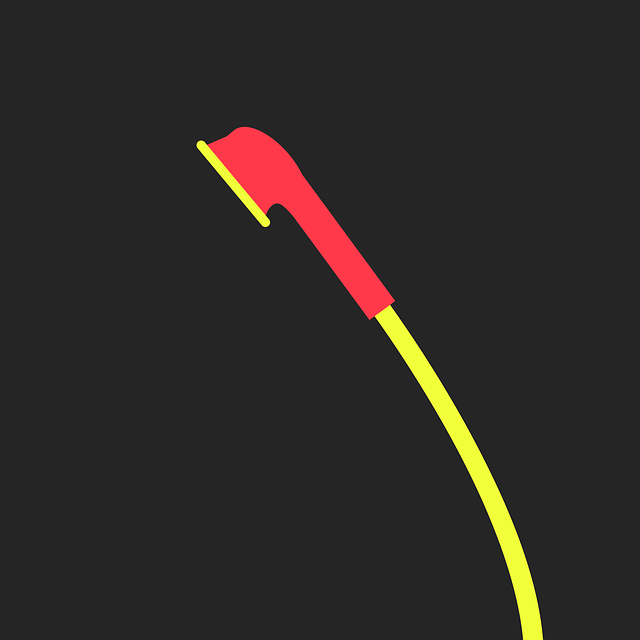Before replacing your shower head, assess the situation, gather essential tools like adjustable wrenches or pliers and penetrating oil if needed, ensure compatibility with your plumbing by checking threads per inch (TPI), create a safe workspace protected by gloves, understand your model's attachment method, exercise caution around water lines and have materials ready to minimize leaks. Loosen connections gently, tap stuck components with a rubber mallet, remove the old shower head, install the new one securely with plumber’s tape for leak prevention.
Tired of dealing with a stubborn, old shower head? Learn how to replace it effortlessly and avoid damaging your pipes. This step-by-step guide breaks down the process into simple sections. First, assess and prepare by understanding your shower head’s attachment, gathering the right tools, and protecting your work area. Then, follow our detailed instructions for removing the old head without causing any harm to your pipes. Lastly, we’ll show you how to install a new one securely and test its water flow. Say goodbye to that pesky old fixture and embrace your refreshed shower experience!
Assess and Prepare

Before you begin, assess the situation and prepare accordingly. First, gather the necessary tools: a new shower head, adjustable wrenches or pliers, and possibly some penetrating oil or a pipe cleaner if the connections are particularly stubborn. Ensure your new shower head is compatible with your existing plumbing; checking the threads per inch (TPI) can help ensure a secure fit. Prepare an area around the shower where you can lay out your tools and work without slipping or causing damage to other fixtures. Protect your hands with gloves, as pipe connections can be tight and may require significant force.
– Understanding the shower head's attachment

Shower heads are typically attached to pipes using either a thread or a quick-connect mechanism. Understanding how your specific shower head is secured is crucial before attempting any removal. Most modern shower heads use a simple twist-and-turn mechanism, where a counterclockwise rotation will loosen the head for easy replacement. However, older models might be threaded, requiring a wrench or pliers to unscrew them safely without damaging the pipes below.
When replacing a shower head, it’s essential to exercise caution around the water lines to avoid any potential leaks that could cause significant damage to your plumbing. Always have a bucket or cloth handy to catch any residual water as you work, and remember to turn off the main water supply valve before starting the replacement process—this simple step can save you hours of cleanup and repair work.
– Gather necessary tools

Before you begin, make sure you have the right tools for the job. The most common tools needed to replace a stubborn shower head are a wrench or pliers (to loosen the shower head’s connections), a rubber mallet (for gentle tapping if stuck), and a new shower head of your choice. It’s also a good idea to have some plumber’s tape on hand, which helps prevent leaks at the connections. Additionally, having a bucket and some old towels nearby can be useful in case any water spills out during the process.
When equipped with these tools, you’ll be ready to tackle the shower head removal process. Remember, patience is key; don’t rush it or use excessive force, as this could damage your pipes or the shower head itself. Start by loosening one connection at a time, applying gentle pressure with the wrench or pliers. If stuck, gently tap the shower head with the rubber mallet—be careful not to crack the ceramic or metal components. Once all connections are loose, carefully remove the old shower head and replace it with your new one, ensuring secure, tight connections using plumber’s tape if necessary.
Removing an old, stubborn shower head without damaging your pipes is feasible with the right approach. By first assessing the attachment method and gathering suitable tools, you can confidently tackle this task. Remember, proper preparation is key to a successful and damage-free replacement process. With a bit of patience and these simple steps, you’ll have a fresh, new shower head in no time, enjoying an improved shower experience without any plumbing headaches.
